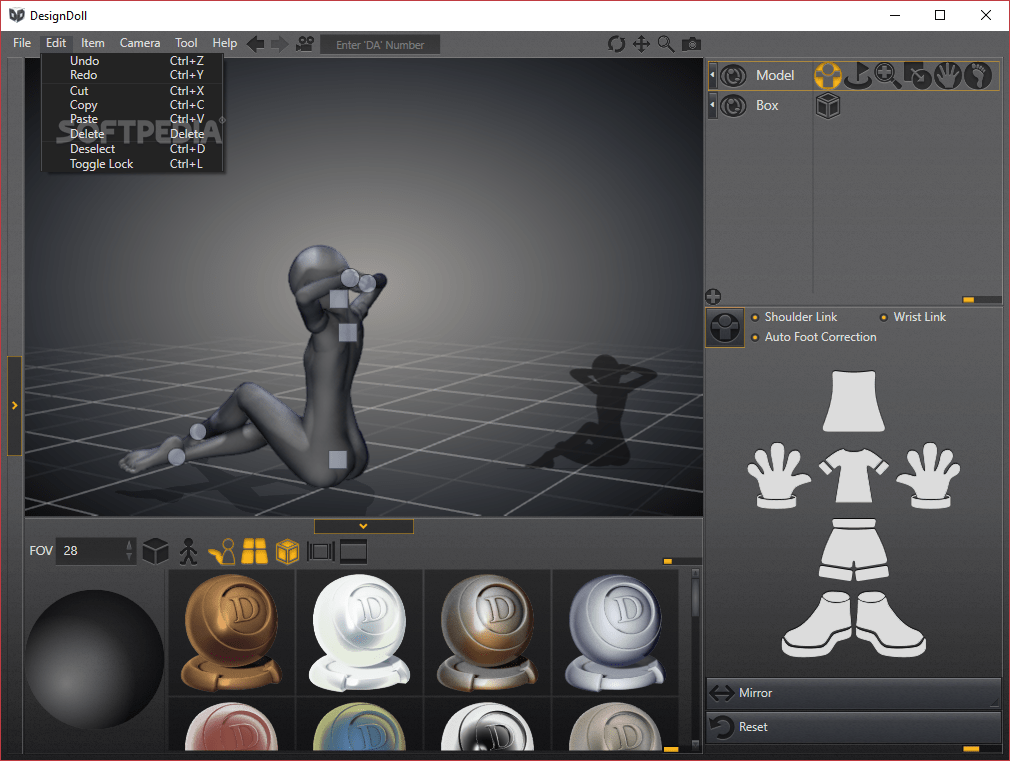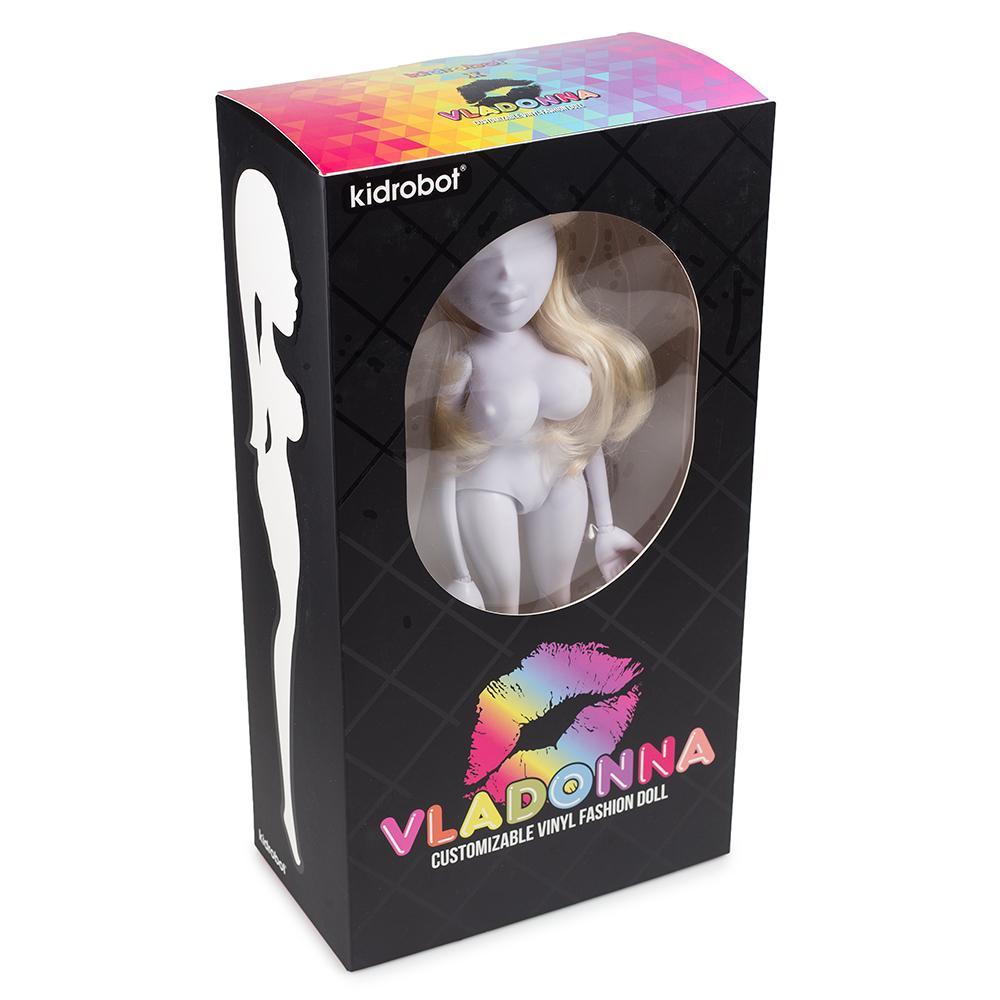


It’s a vegetable-based fiber that’s made from the seed pods of the Kapok tree. Kapok is one of the most popular eco-friendly fillings on the market. Because it’s essentially cotton, organic cotton can be substituted for conventional cotton in any project. Organic cotton, however, is grown without the use of toxic pesticides and fertilizers. It’s also free of heavy metals and chemicals, as well as being fair trade. Organic CottonĬonventional cotton accounts for 25 percent of the world’s pesticide use and has significant health and environmental impact. Recycled fluff can be used for external parts of projects as well because it’s fluffy and voluminous, and comes in a variety of colors. It’s machine washable at low temperatures, making it ideal for children’s toys like stuffed animals and cloth dolls. This 100% eco-friendly cotton filling is produced from recycled textile waste. Recycled fluff is about as close as you can get to polyfill stuffing without the harmful chemicals. It is a popular choice for Waldorf style dolls. Like polyfill, carded wool holds its shape well.

Once carded, the wool can be used for a variety of craft projects, including needle felting, punch needle, quilting, thrumming, and filling dolls or stuffed animals. The sheep’s wool has been carded, or brushed, to organize the fibers. Made from 100% pure sheep’s wool, carded wool stuffing is an excellent alternative to polyfill stuffing. That said, alternatives to polyfill are still the best decision you can make to protect the environment. The one benefit of polyester is that it can be made from recycled plastics or recycled polyester, which limits the impact on oceans and reduces manufacturing byproducts. Polyester also releases VOCs, or volatile organic compounds, and its production excretes formaldehyde and benzene into the atmosphere.
#DESIGN DOLL FREE ALTERNATIVE SKIN#
The main chemical in polyester is ethylene glycol, which is absorbed by the body through inhalation and skin contact and has been linked to kidney and central nervous system problems. It’s believed that synthetic fibers, like polyester, are the biggest source of microplastic pollution in the oceans. More than 70 billion barrels of oil are used to make polyester each year, and it takes more than 200 years to decompose. Because polyester is cheap and versatile, it’s become a popular option for a variety of uses, including crafting. Polyfill, or polyester fiberfill, is a petroleum-based, nonrenewable resource that is energy intensive and contains toxic chemicals. With so many exciting craft projects for children’s toys, upcycled pillows and stuffed animals, it’s time to break away from the petroleum-based polyfill and find organic alternatives that are eco-friendly and non-toxic.Ĭheck out our picks for alternative stuffings to add to your growing list of organic art supplies.


 0 kommentar(er)
0 kommentar(er)
